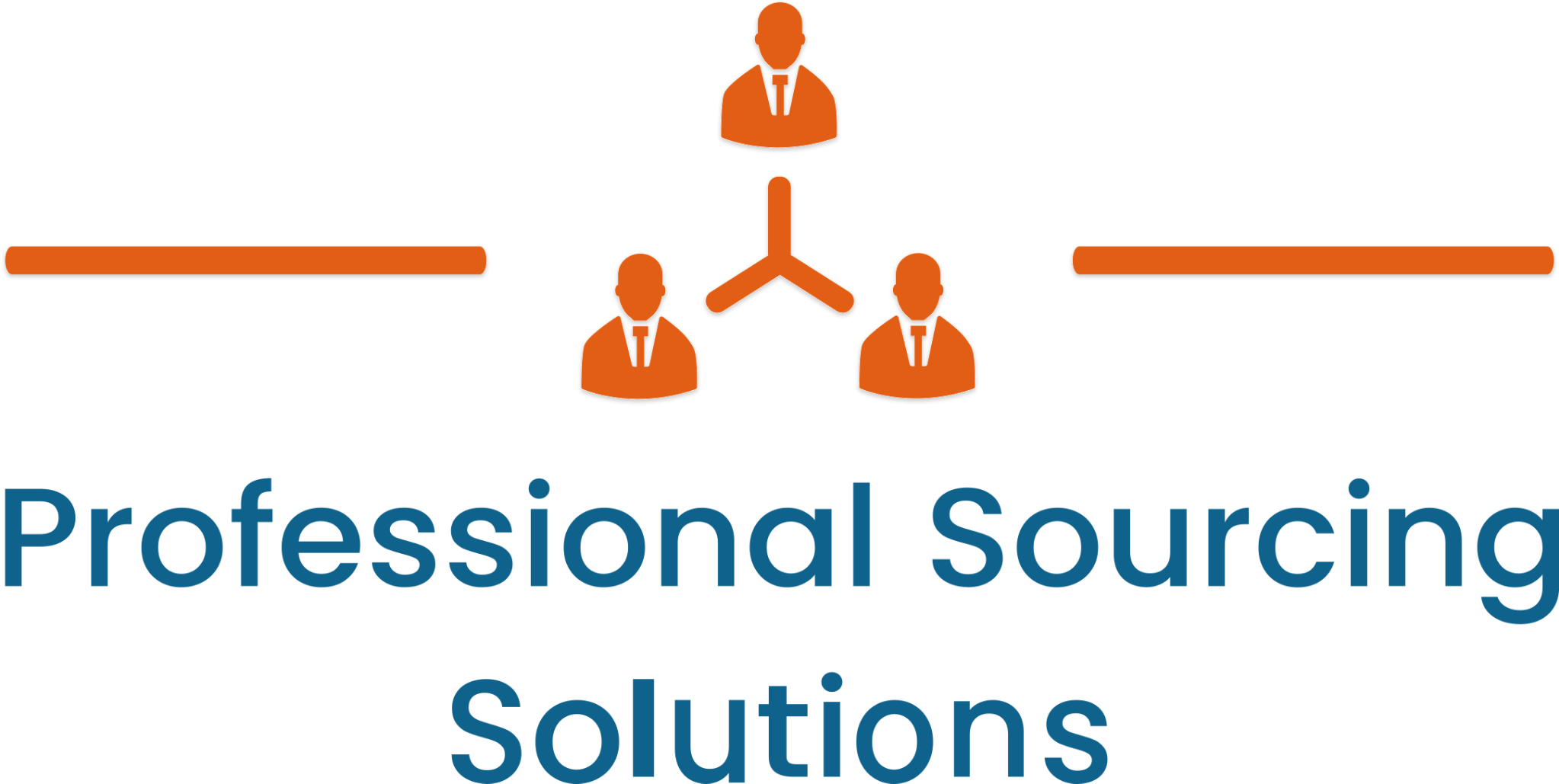
Employee feedback is a vital component in the ever-evolving retail landscape, crucial for cultivating a positive and productive work environment that drives success. This continuous collection and application of employee feedback forms the foundation of this effort. By nurturing a culture that places employee feedback at its core, retail organizations can enhance working conditions, boost employee satisfaction, and streamline their operational processes. In this comprehensive guide, we will explore eight effective strategies for consistently gathering and leveraging employee feedback within the retail industry.
1. Establish a Positive Work Environment
A positive work environment is the foundation of a thriving retail business. It directly impacts employee performance, productivity, and company culture. To encourage a culture of open feedback, it’s essential to tailor the workplace environment to reflect your organization’s values and principles.
Whether your team operates in a physical store, remotely, or follows a hybrid model, the workspace should mirror your company’s core values. For instance, take inspiration from Apple, a company known for its commitment to innovation, creativity, and collaboration. Apple Park, their $5 billion office space, is designed to facilitate interdepartmental collaboration and encourage idea-sharing among colleagues.
Incorporate your employees’ voices into decisions about the workplace environment. Their input can prove invaluable in shaping the office layout, ambiance, and functionality. Consider open-ended questions that allow them to explain how changes can better align with the company’s values.
For instance, if creativity is a core value, inquire about the office elements that can enhance individual creativity. Options like relaxation pods, mindfulness booths, standing desks, or exercise balls can promote both creativity and employee well-being.
If your team operates remotely, solicit feedback on enhancing at-home workspaces and digital shared spaces. Even in a virtual work environment, understanding your team’s experiences can lead to improvements and reinforce their sense of ownership within the organization.
2. Develop Authentic Policies and Procedures
While some company policies and procedures are non-negotiable, others can be adapted or improved to better align with your company’s culture. Who better to provide constructive criticism and thoughtful input on these policies than your employees?
Continuous feedback loops for procedural improvements are essential. Engage your employees in discussions about how these policies and procedures affect their day-to-day experiences. Case in point, consider implementing a pet-friendly policy, a concept embraced by many modern companies.
However, it is crucial to collect feedback from every employee before implementing such a policy. Their feedback can reveal potential issues or challenges, such as allergies or safety concerns. Real-time feedback tools, like Polly on Microsoft Teams or Slack, can facilitate the collection of input on ongoing policies.
3. Inspire Candid Dialogue
Candid conversations are a cornerstone of a healthy organizational culture. Unfortunately, open dialogue is not always a common practice in many organizations. A study involving corporate executives, employees, and educators found that 90 percent of respondents believed decision-makers should seek out other opinions before finalizing decisions, yet approximately 40 percent felt that leaders consistently failed to do so.
Employees may initially hesitate to share negative feedback, often due to concerns about company politics and job security. However, the benefits of fostering open and constructive feedback loops far outweigh the challenges. The better you become at building open feedback channels that focus on process improvement, policy enhancement, and workplace relationships, the easier it will be to initiate initiatives that benefit all stakeholders.
4. Strengthen Trust and Communication Through Transparency
Transparency is a vital component of lasting professional relationships and an engaging employee experience. In an organization that values transparency, communication is clear and consistent. Employees are well-informed about the company’s activities, decisions, and actions. They are encouraged to voice their opinions to management, confident that their input will be respected and valued.
Unfortunately, many organizations struggle to create a transparent culture. A study by the American Psychological Association found that nearly one in four workers does not trust their employer, and roughly half do not believe their employer is open and honest.
To embrace transparency within a feedback culture, consider implementing suggestion channels. These channels allow employees to share their thoughts about ongoing projects, provide input on corporate decisions, and offer suggestions during performance reviews to improve their ability to achieve specific goals.
5. Foster an Environment of Continuous Development
Continuous learning not only benefits employees by enhancing their skills and knowledge but also contributes to a culture of learning within the organization. As employees discover better ways of working, the company can refine its systems and processes to improve operational efficiency and effectiveness.
Creating a culture of workplace learning begins with leadership. Formal training programs should be complemented by development plans and regular feedback conversations. These conversations help ensure that training remains relevant to the current challenges and opportunities within and outside the organization.
Soliciting feedback through survey questions on training effectiveness and open-ended questions that encourage employees to share their opinions and improvement ideas is essential. Adapt and evolve based on the feedback you receive to ensure that the entire organization benefits from a continuous development program.
6. Promote a Sense of Ownership
Ownership breeds accountability, and when employees feel a sense of ownership, they become active participants in the process of improving the workplace. Encouraging a culture of ownership goes beyond giving employees a say in how, when, where, and what gets done.
To establish a sense of individual and shared ownership, introduce feedback loops that collect information and insights from those closest to the work. It is crucial to act on this input and make improvements based on their recommendations.
7. Recognize and Celebrate Contributions
Employee recognition is a powerful factor in shaping a positive company culture. Employees contribute to the organization daily, but their contributions may not always be visible to those in positions to recognize them. The most qualified individuals to acknowledge meaningful contributions are seldom encouraged or reminded to celebrate them.
Implement open and transparent employee feedback processes to address this issue. For example, distribute regular surveys that invite employees to name colleagues deserving of recognition and explain why. This approach can uncover unrecognized or unrewarded contributions that have made a significant positive impact on the team.
Take the time to recognize, reward, and celebrate employee contributions that help the organization achieve its performance targets, strategic objectives, and explore new ways of working.
8. Resolve Issues Promptly
Gathering and analyzing employee feedback can help identify and address issues before they escalate. With multiple feedback channels in place, making early course corrections becomes more manageable. Modern feedback tools can highlight issues that require attention and route them to the appropriate stakeholders or provide guidance on issue resolution.
For example, integrating real-time feedback mechanisms within everyday communication tools like Slack can rapidly deliver critical information to individuals who can take swift action, preventing the spread of negativity and conflict.
Proactively using these feedback mechanisms to conduct regular polls to gauge the overall team’s mood can uncover situations that require immediate attention.
Developing a Positive Company Culture
Building a positive company culture is a gradual process, but by harnessing employee feedback through various channels on a regular basis, you can define and shape your company’s culture over time.
By incorporating feedback tools into your strategy, your culture will foster ownership, recognition, and proactive improvement. Employees will experience the transparency and trust that define a feedback culture. This, in turn, will encourage candid conversations and insightful feedback that can drive changes in policies, procedures, and processes across the organization.
In all facets of your organization, promoting employee feedback supports a positive culture, demonstrating your company’s commitment to respecting and valuing employee opinions, perspectives, and input. Regularly implementing these strategies will not only enhance working conditions and processes in retail but also empower your workforce to contribute to your organization’s success.
Professional Sourcing Solutions is a staffing agency based in Ontario, Canada that specializes in retail staffing. Book a free consultation to learn more about how we can help you with your staffing needs.



